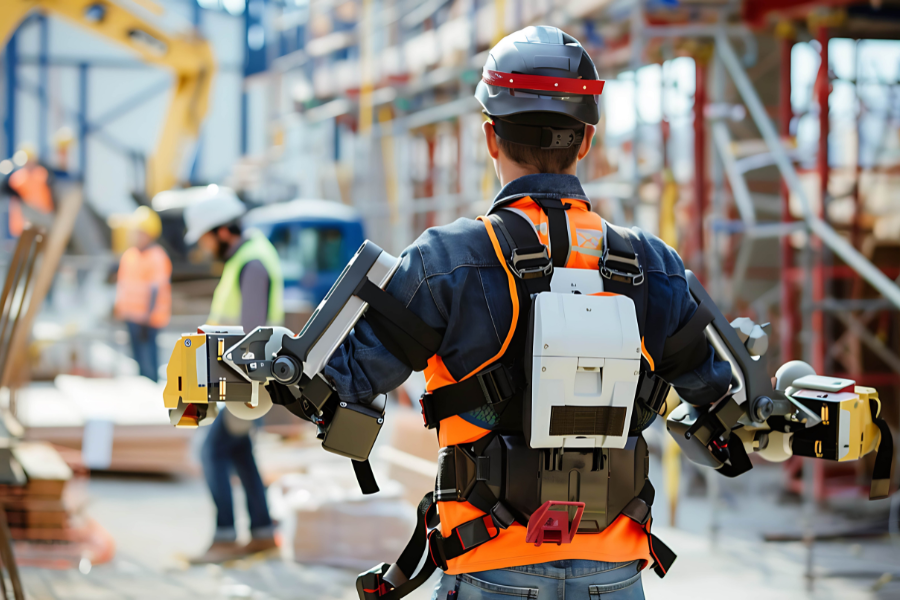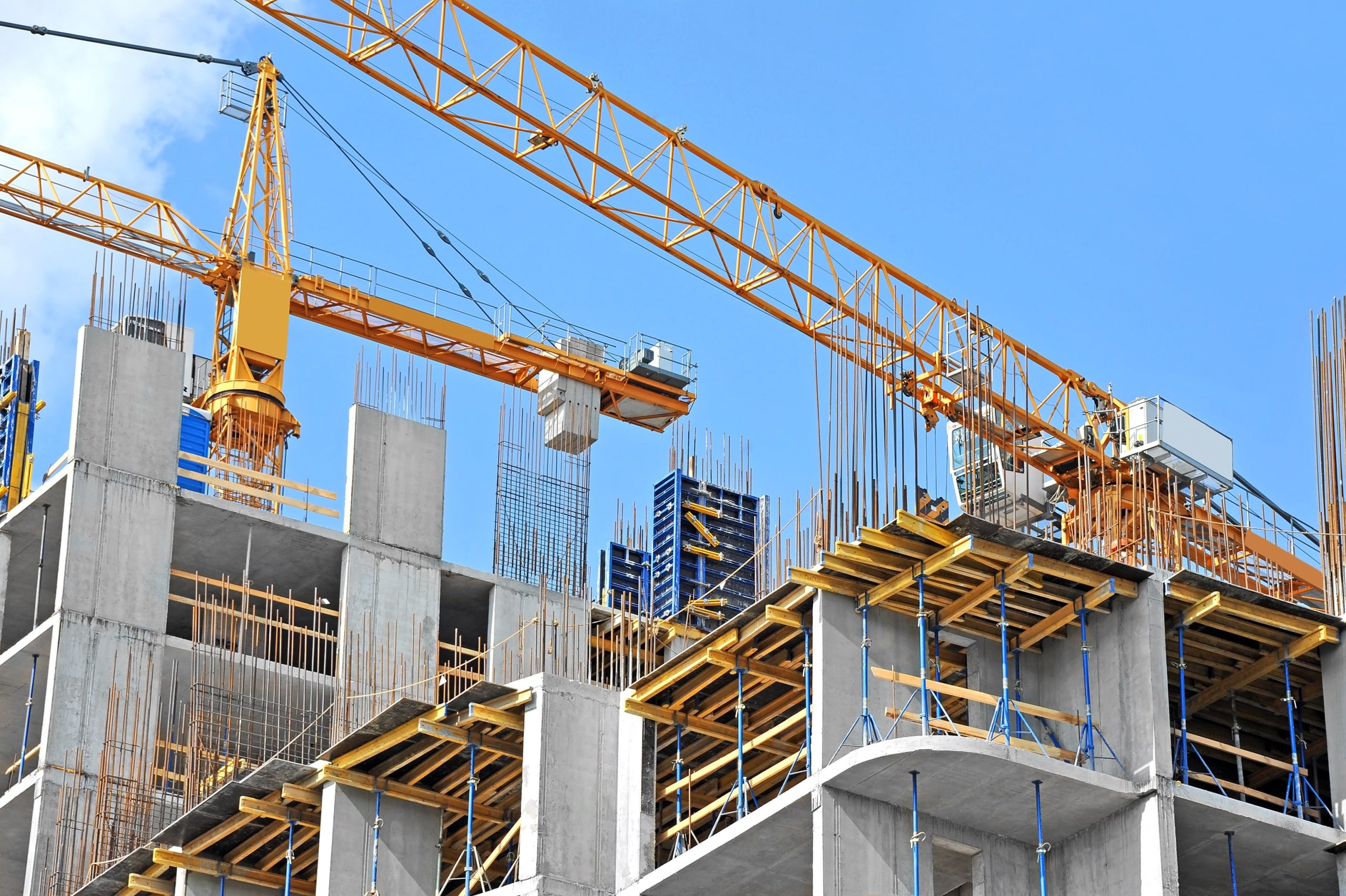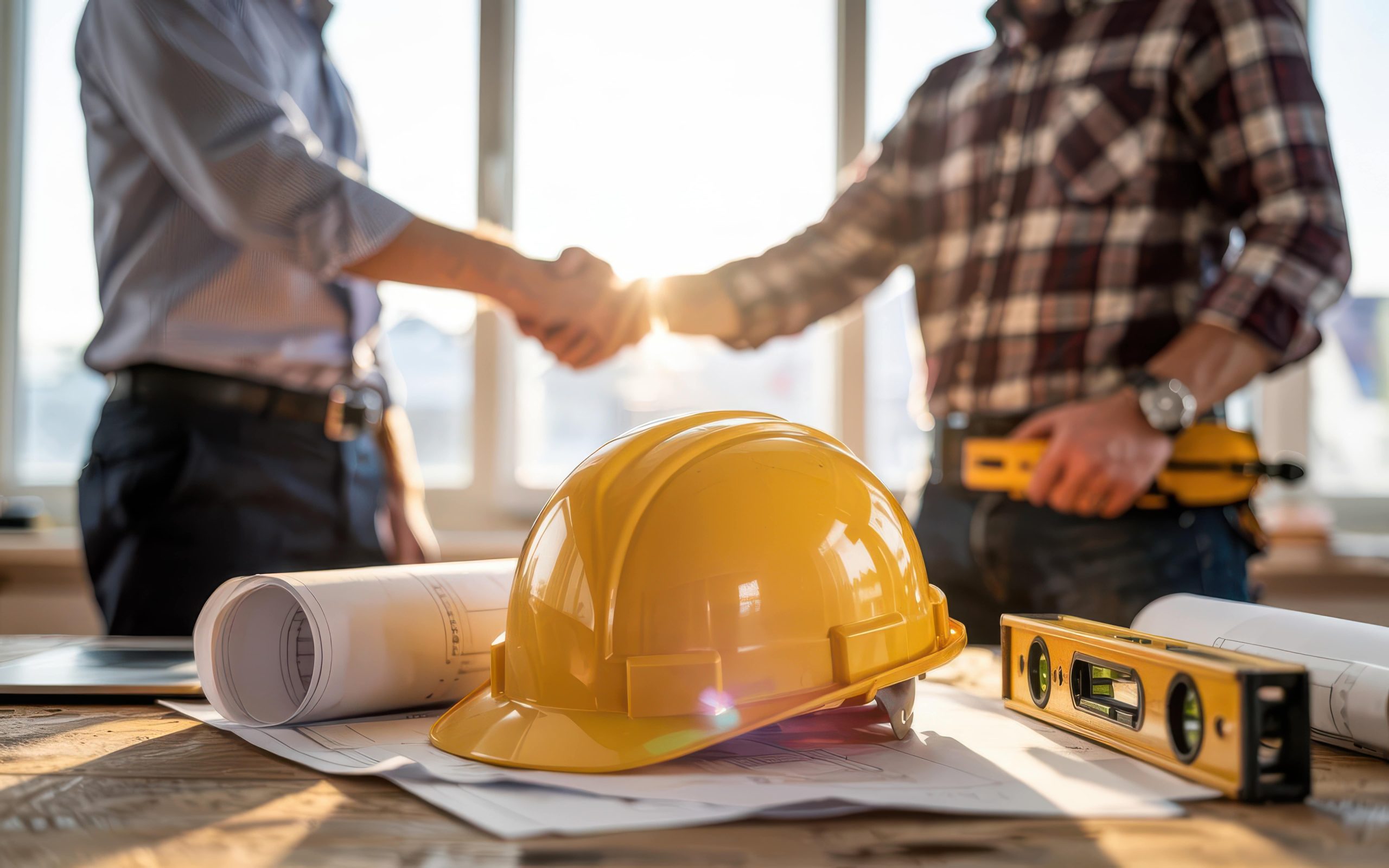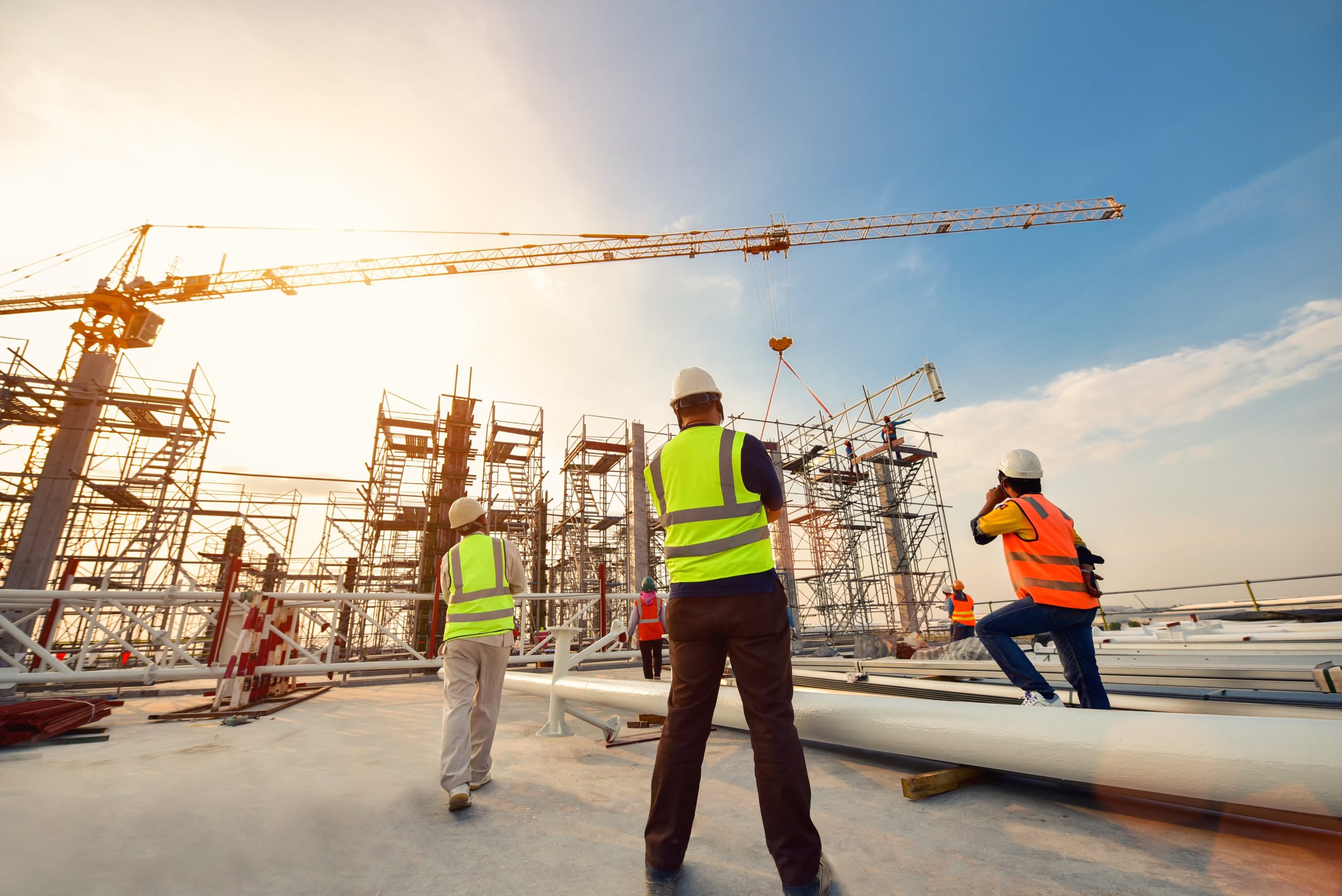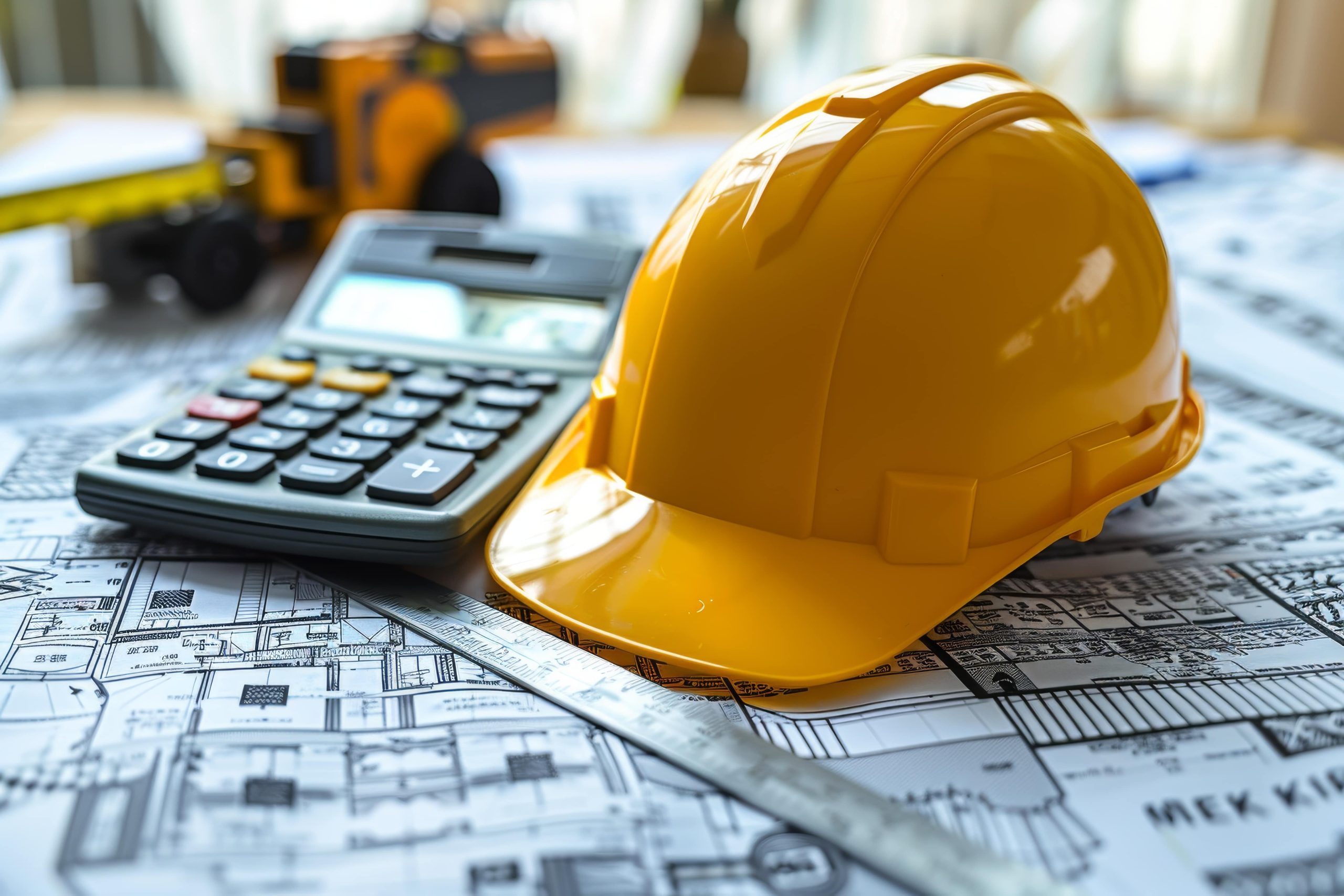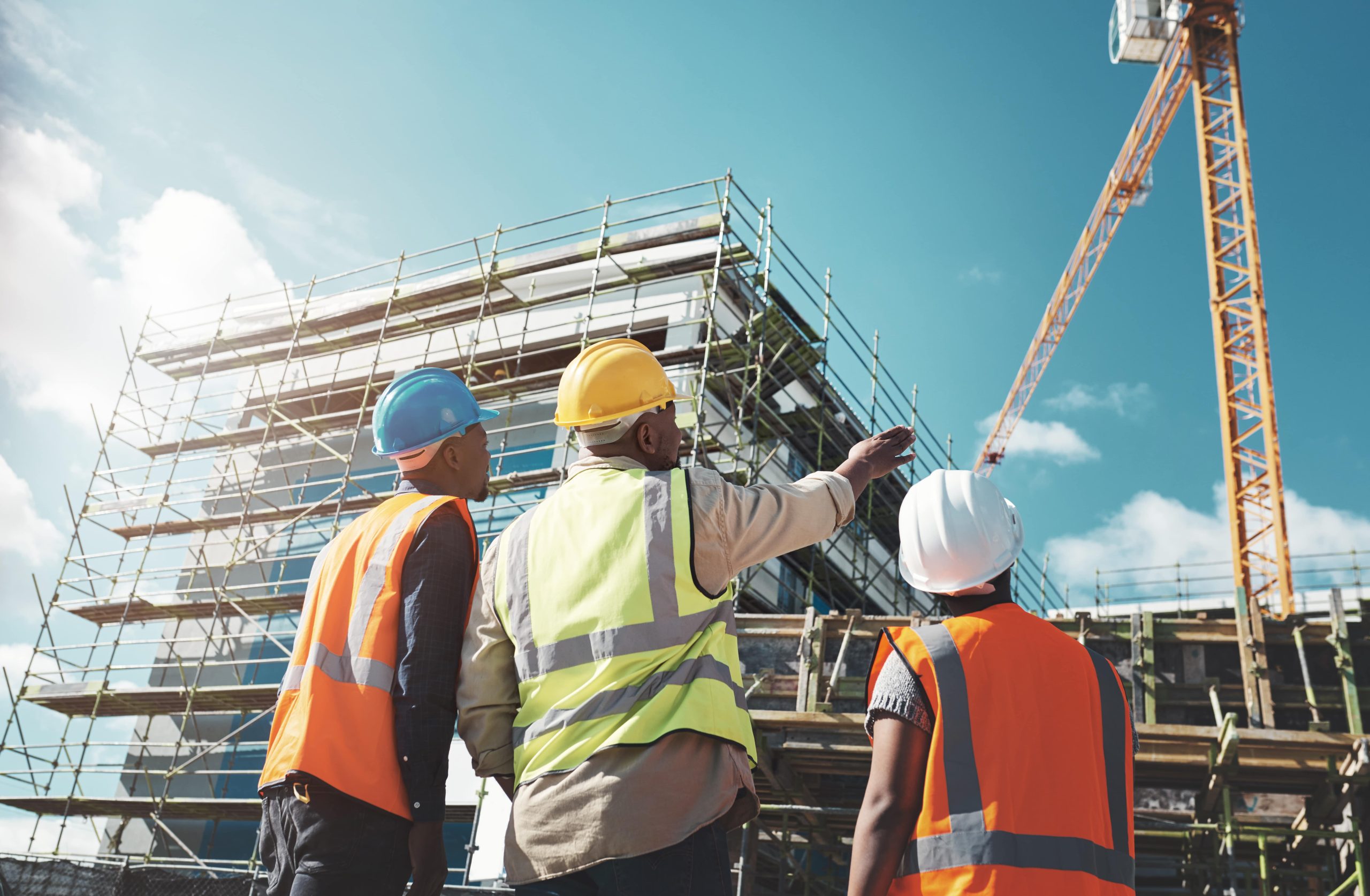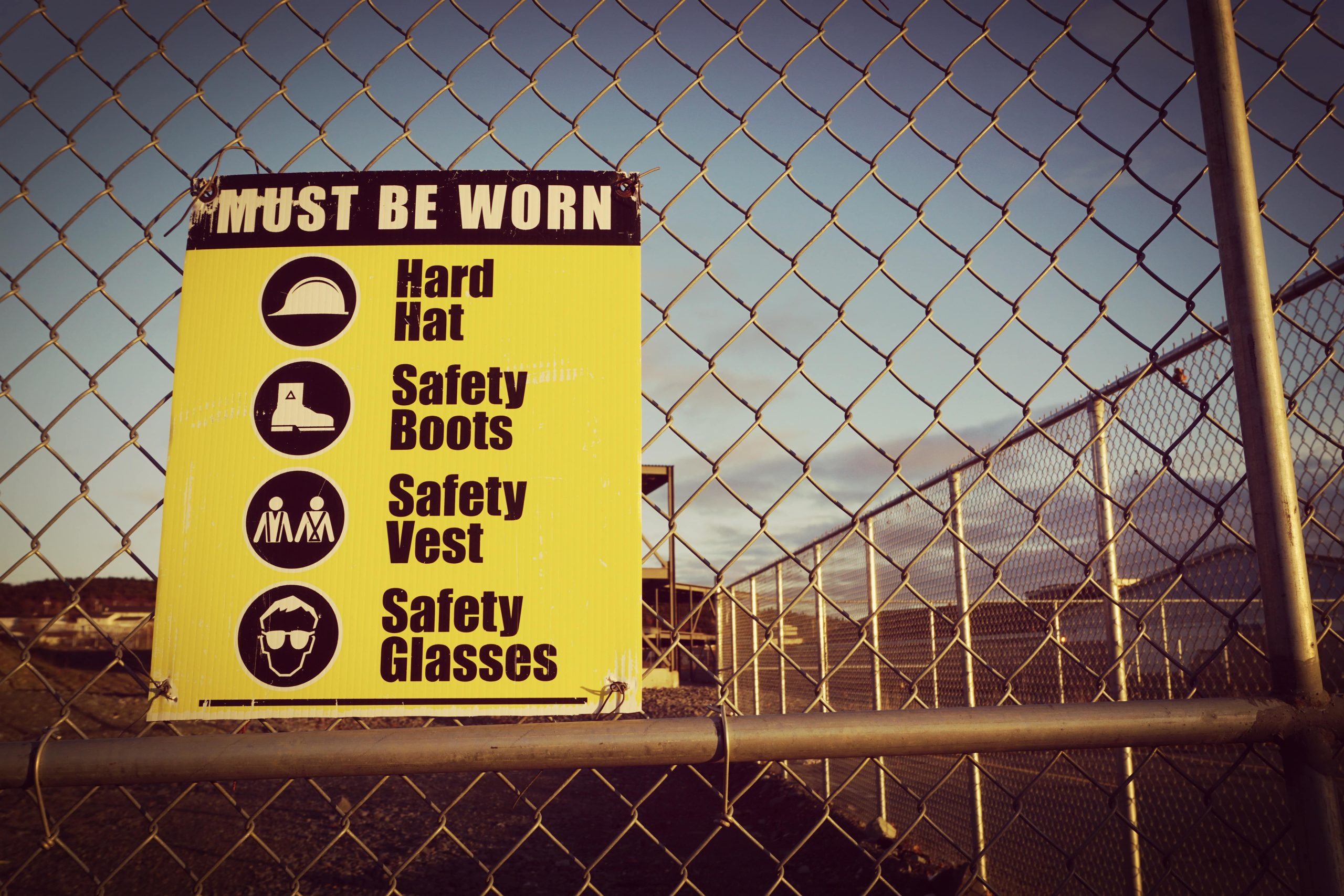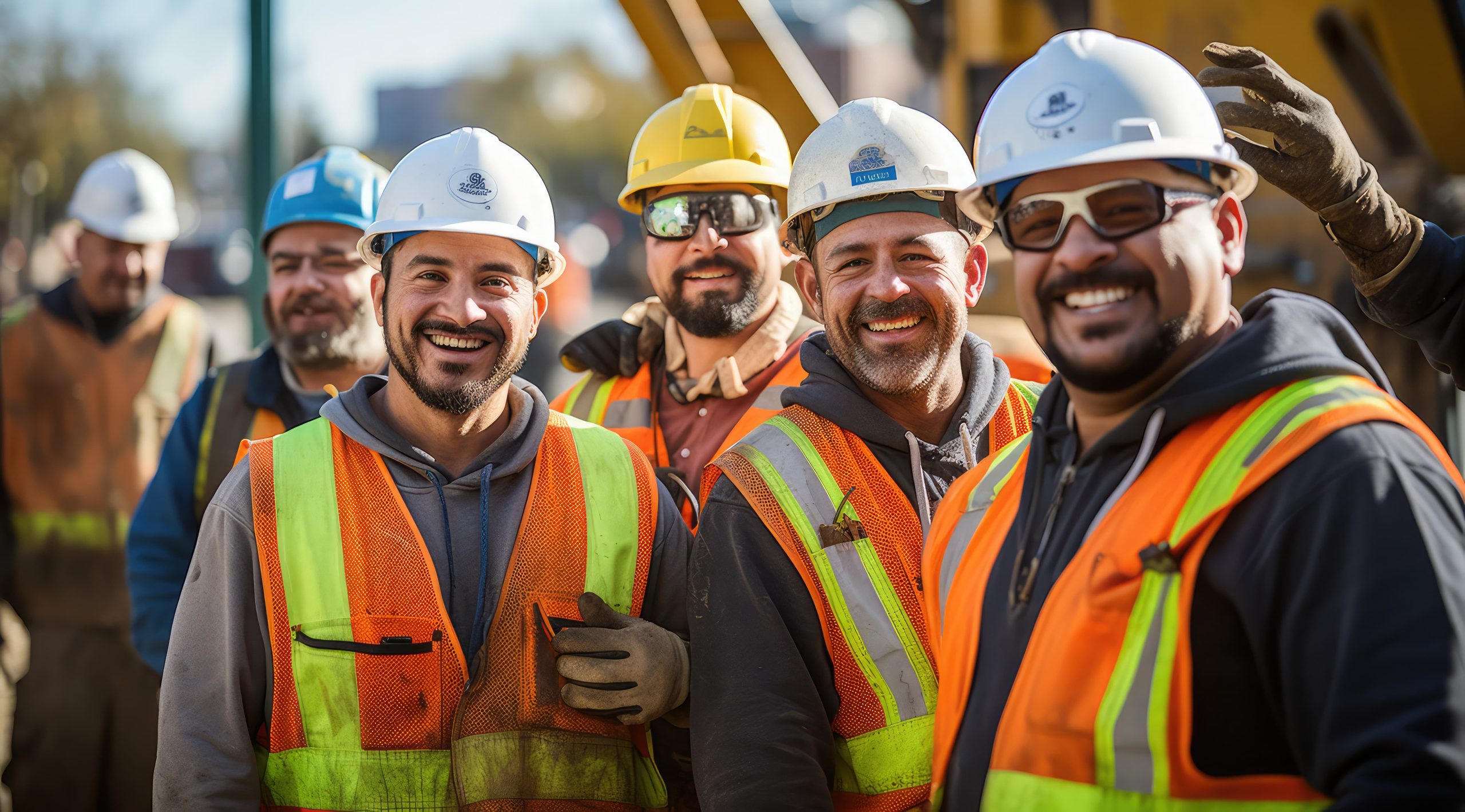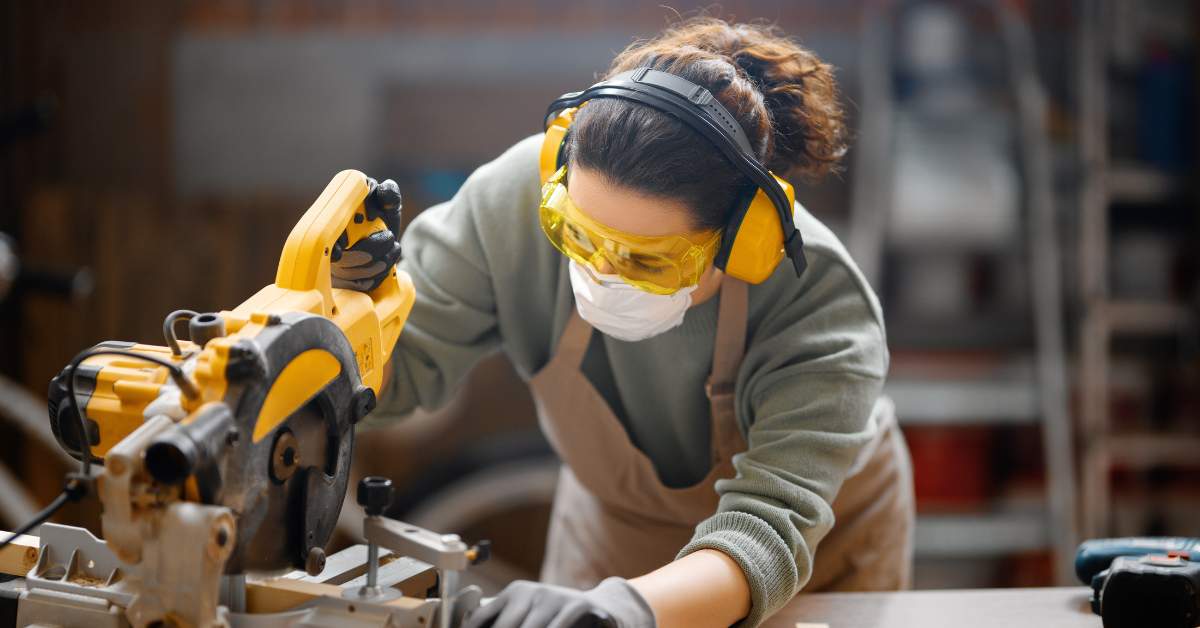As skills gaps rise and construction timelines remain tight, protecting temporary workers has proven crucial for long-term growth. These tradespeople regularly step in to fill short-term labor needs and keep projects on track—yet not every company provides the support they need in return. Studies continuously show temp workers are at significantly higher risk for work-related injuries than permanent employees.
Confusion around responsibilities is often a cause. After all, how should safety obligations be divvied up when a worker is employed by a staffing agency but working for your company?
Knowing your contributions to temporary worker safety is ethically, legally, and financially necessary. Occupational Safety and Health Administration (OSHA) penalties have increased to over $16,000 per violation, and the average cost per medically consulted injury is $40,000. With this in mind, let's explore how you can navigate your legal responsibilities while receiving some relief from a temp staffing partner.
What Do the OSHA Guidelines Say?
OSHA states that staffing firms and host employers are both responsible for temporary worker safety. Staffing partners can help you streamline hiring and cut costs—but they can't fully replace your internal safety and health programs.
For example, here are four ways Skinner allocates responsibilities based on OSHA recommendations:
Staffing Firm Responsibilities |
Host Employer Responsibilities |
|
General safety training |
Site-specific and task-specific training |
|
Providing OSHA-required personal protective equipment (PPE), such as hard hats and safety glasses |
Providing specialized PPE, such as harnesses, for specific tasks and equipment or unique workplace risks |
|
Crafting contracts with clear job descriptions, including approved tasks and required qualifications for each position |
Preventing employees from performing tasks or using equipment they are not expressly approved for |
|
Collaborating with clients to investigate safety incidents and improve safety programs |
Recording and reporting injuries and illnesses to OSHA and the staffing firm |
Ultimately, it’s all about collaboration. Experienced and compliant construction staffing firms alleviate a handful of responsibilities for your team, then work with you to outline clear expectations for both sides. This way, both sides can understand and do their part to enhance the safety and well-being of temp workers—with little room for error.
How to Select a Safety-Proficient Temp Staffing Firm
Poor communication can lead to safety gaps and penalties for both construction companies and staffing firms. So, how can you choose a temporary staffing partner you can trust to enhance safety and compliance? To start, look beyond their construction recruiting skills and assess firms based on these four characteristics:
1. Regulatory Expertise
Temporary staffing firms should be highly knowledgeable about relevant labor laws. In addition to understanding OSHA best practices—including training and recordkeeping requirements—they should be highly familiar with federal, state, and local construction labor laws. The best construction staffing agencies can guide your partnership, answering crucial safety-related questions to ensure compliance on both sides.
2. Worker Engagement
Staffing firms that are truly committed to their temporary workers don’t stop communicating with employees when they make a match. At Skinner, for example, we regularly follow up with workers to get their feedback about assignments. We're just as committed to our employees as we are to our clients—and open communication makes workers comfortable enough to let us know about safety and health concerns. As a result, we can help clients address them before reportable issues occur.
3. Risk Assessment
Has your potential staffing partner asked you questions about your safety programs? Don’t worry—they're not interrogating you. These inquiries should be made.
Construction staffing firms are responsible for ensuring their employees are headed to a safe workspace. During your initial consultations, expect some questions related to your safety data, jobsite hazards, training processes, emergency procedures, and/or current safety programs.
4. Commitment to Safety
Staffing companies should, of course, have robust safety programs and processes of their own. Consider asking these questions to learn about their processes:
- What procedures does your company follow if safety incidents occur?
- How do you assess employee skills to ensure qualified placements?
- What safety training does your company provide? How often are your training materials updated?
- How do you select the right PPE for each employee?
Staffing firms that are fully committed to temporary worker safety should have clear answers for each of these—and often have documentation of safety processes. They also regularly update their processes according to the latest safety regulations and government guidelines.
Temporary Worker Safety Best Practices
Once your company has selected a safety-proficient staffing firm, you can still do your part to maximize protections for temporary workers within your company. Here are four best practices you can follow to prevent safety and health concerns:
- Be transparent. Staffing firms are here to help—but they can only assist you in improving and upholding safety standards if they fully understand your processes and policies. Be honest and open to change based on their expert opinion.
- Establish incident response procedures. Even if you’ve never had a safety incident occur, be sure to have clear procedures in place and train your staff—including temp workers—on your response processes. This will ensure prompt and effective incident management in the case of an emergency.
- Provide ongoing training for long-term projects. Short-term projects typically don’t require additional training. However, if job responsibilities, jobsite layouts, or your team makeup change during your project, provide updated safety and procedural training. It’s important to never cut corners on communication.
- Stay attentive. It’s easy to write out and share workplace policies—but it takes dedication to uphold those rules. Be sure to monitor both managers and employees for compliance.
Strengthen Your Safety Practices
Your company plays a significant role in keeping temporary workers safe, from providing onsite training to reporting safety incidents. However, a reputable construction staffing firm can provide the support and guidance your business needs to navigate OSHA regulations and enhance worker safety.
At Skinner, we always keep our safety training up to date and provide critical PPE to every employee. We also equip clients with instant access to safety training information to ensure strong communication, reducing risk for your company.
Partner with a construction staffing firm with gold-star safety standards. Contact Skinner today.
Related Articles:
3 Ways to Avoid Construction Worker Misclassification & Stay Compliant
Are Construction Workers Happy? How to Boost Employee Satisfaction & Improve Your Bottom Line
Bridging the Language Gap: How to Overcome Language Barriers in Your Construction Workforce
